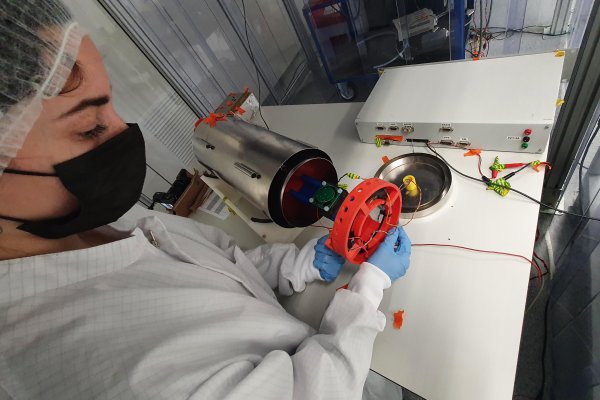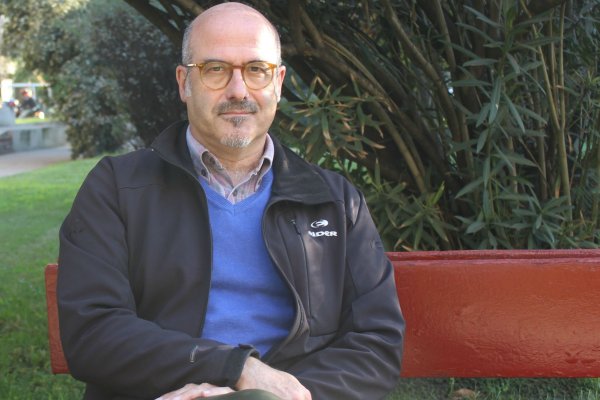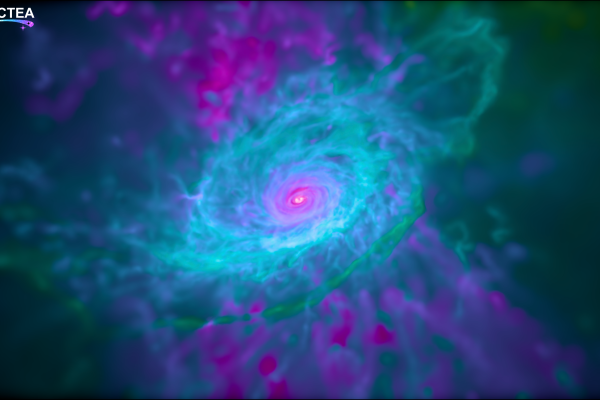The MELISA project was the winning proposal of an IEEC internal competitive call that sought collaboration between the different Research Units of the Institute while stimulating the achievement of innovative projects
MELISA seeks to develop and manufacture a prototype of a compact, low-power magnetic sensor that implements magnetic field modulation using microelectromechanical resonators (MEMS)
This prototype should serve as a sample to validate the feasibility of this noise reduction technique to meet the stringent requirements of the European Space Agency's mission to detect gravitational waves in space, LISA
In December 2020, the Institute of Space Studies of Catalonia (IEEC — Institut d'Estudis Espacials de Catalunya) published an internal competitive call to provide seed funding for a high-potential, high-impact project. The aim was to stimulate collaboration between IEEC members and groups, as well as to foster innovative proposals, allowing for feasibility studies and proofs of concept that would facilitate their maturity.
The funding came from an exceptional endowment obtained in one of the CERCA (Centres de Recerca de Catalunya) evaluations. The proposal for the call came from the IEEC direction and was approved by the CERCA Institution.
The winning project of the call was MELISA (MEMS miniaturized low-noise magnetic field sensor for LISA), proposed by members of the IEEC in three of its Research Units: the Research Group in Space Sciences and Technologies (CTE) of the Universitat Politècnica de Catalunya · BarcelonaTech (UPC), the Institute of Space Sciences (ICE-CSIC) and the Institute of Cosmos Sciences of the Universitat de Barcelona (ICCUB). Now, a little more than a year after its award (in March 2021), the project has been completed and the results obtained are presented.
The aim of MELISA was to design a miniaturised, very low-noise magnetometer in the ultra-low frequency range used in some space missions, such as the European Space Agency (ESA) LISA (Laser Interferometer Space Antenna) mission, which will be the first gravitational wave observatory in space.
Manel Domínguez-Pumar, principal investigator (PI) of the project, researcher at CTE (UPC) and member of the IEEC, explains: “The aim of the MELISA project was to reduce the magnetic field noise to the level of the LISA mission requirements while achieving a miniaturisation that could be useful for other missions and even in other fields of science and technology. Thanks to the IEEC's internal call, we were able to bring together the personnel and equipment of three of its Research Units in a single project.” And he adds: “We are very happy to have won the call and to have been able to carry out this project that we have had in mind for a long time.”
In the ultra-low frequency range, when all other noise sources have been reduced or eliminated, the so-called 'pink noise', or 1/f, generally dominates and is the main challenge to address. One way to mitigate the effect of this pink noise in magnetic field sensors is through the so-called 'magnetic field modulation technique'. This is a promising technique in space applications, which consists of modulating the local magnetic field to a magnetic resistive sensor. Tunneling Magnetic Resistors (TMR)—magnetic sensors that do not require high currents and have a high potential for miniaturisation—are used in this project. By modulating the local magnetic field to the TMR, the spectral content of the signal is moved to higher frequencies, where this noise is much lower. For this purpose, a MEMS (Microelectromechanical System) resonator, in which a highly permeable ferromagnetic material is deposited, is placed close to the TMR. By exciting the MEMS resonator at its resonance frequency, the field observed by the TMR is modulated at that frequency. This avoids the low-frequency region, which is dominated by the limiting 1/f noise intrinsic to the TMR, and which degrades its performance. Finally, the acquired signal is demodulated to recover the original magnetic field signal.
“In the last phase of the project we have been characterising, in the ICE-CSIC laboratories, this device under vacuum conditions and using isolation systems of the Earth's magnetic field to measure the nanoTesla variations required by the project,” says Miquel Nofrarias, researcher at the ICE-CSIC and member of the IEEC. And he adds: “We were pleasantly surprised that this proof-of-concept reached precision values that are competitive with other commercial magnetic field measurement systems.”
Both the sensor and the acquisition electronics were developed during the project. In addition, MELISA also describes a roadmap for a future integration of the control electronics into an Application Specific Integrated Circuit (ASIC), in order to achieve a miniaturisation of the sensor.
The proposed project also envisaged exploring the application of the resulting high-performance sensor in a wide range of space missions. An example of application are missions exploring planetary surfaces and cubesats in Low Earth Orbits (LEO) or other planetary bodies, since the frequency range in which measurements of currents in planetary interiors induced by interplanetary magnetic fields and solar wind are carried out is comparable to that of interest for LISA. Therefore, the magnetic field modulation achieved in MELISA and the miniaturisation of the sensors could be used in planetary exploration. Furthermore, the technology developed is expected to be cross-cutting and can also be used for precision measurements in other fields of science and technology.
About LISA
LISA is the future European gravitational-wave space observatory, which will consist of a constellation of three satellites flying in a triangular formation. Each satellite will have at its core a free-falling mass that will act as the end mirror of a 2.5 million kilometre-long interferometer. Each satellite will have about 50 high-precision temperature, magnetic field, and radiation sensors, which should be able to monitor minimum variations in the environment that could disturb the free-falling test mass. Fluctuations in the local magnetic field, for example, generate forces and torques in these test masses that can potentially alter the performance of the instrument.
The IEEC is leading the Spanish contribution to the LISA mission, which consists of providing the Science Diagnostics Subsystem (SDS). Its main objective is the precise monitoring of environmental fluctuations on board the 3 satellites (up to variations of nanoTesla, 1000 times smaller than the Earth's magnetic field), in order to distinguish between potential environmental disturbances and the effect of the passage of a gravitational wave. At European level, it is, together with the contributions from Germany, France, and Italy, one of the four largest hardware contributions.
The Institute of Cosmos Sciences of the University of Barcelona (ICCUB) has taken part on this project by the hands of the Technological Unit Team led by its director David Gascón.




